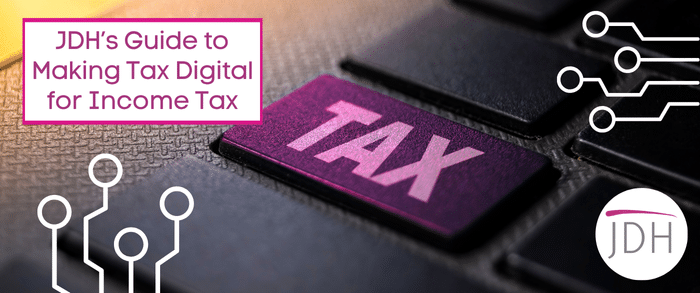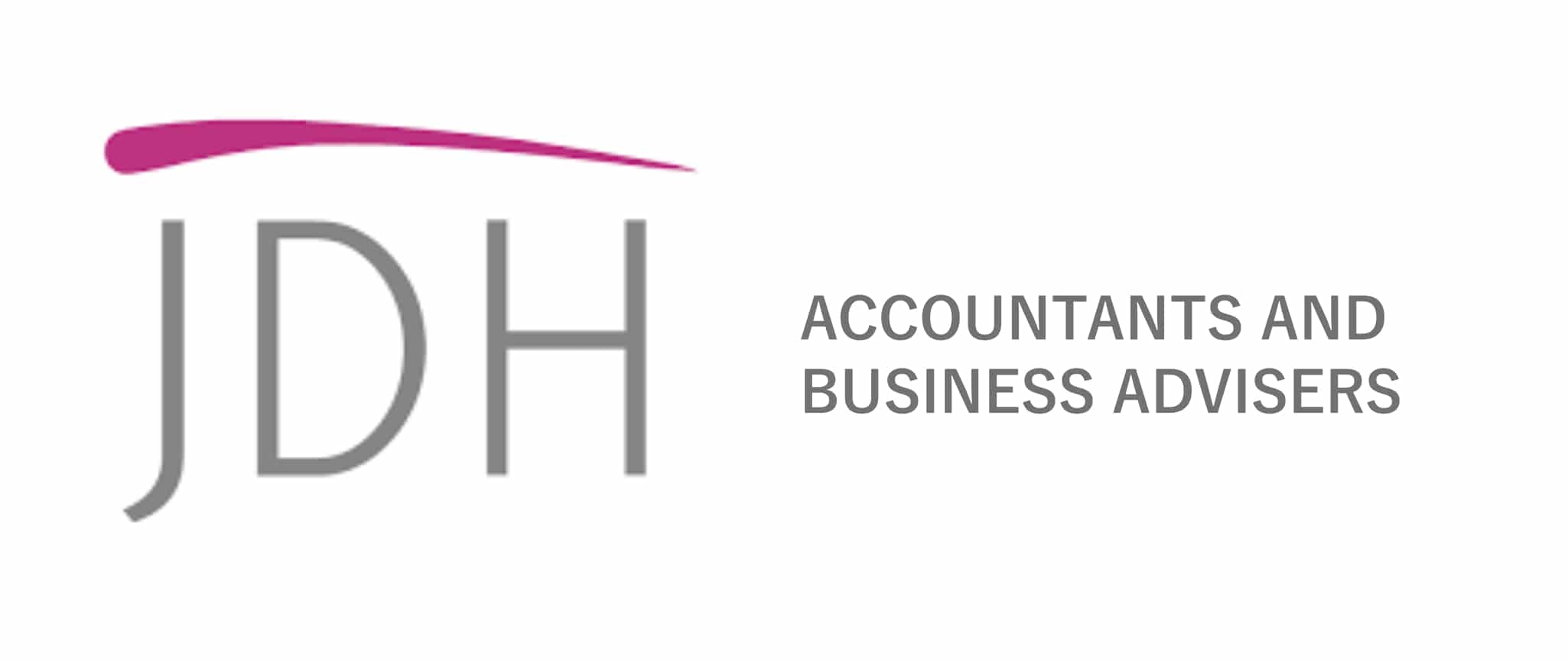 What is Making Tax Digital for Income Tax?
What is Making Tax Digital for Income Tax?
Making Tax Digital (MTD) for Income Tax is a new way the UK government is changing how self-employed people and landlords report their income. Instead of sending one big tax return once a year, you’ll keep digital records and send updates to HMRC every few months using MTD-compatible software. It’s designed to make tax easier, more accurate, and reduce the chance of mistakes. If you run a small business or earn money from property, this is something you’ll need to get ready for.
Key Requirements of MTD for ITSA
- All businesses within the scope of MTD for ITSA must keep digital records of all their income and expenses.
- Use MTD-compatible software or apps (not spreadsheets or paper) to track your business or property income in real time.
Quarterly Updates:
- Instead of one annual tax return, businesses must submit quarterly updates to HMRC. These updates give HMRC an ongoing picture of your earnings throughout the year.
- MTD-compatible software must be used to directly submit these updates to HMRC. Failure to submit quarterly updates can result in penalties.
End of Period Statement:
After the tax year ends, you’ll send a final summary confirming your income and making any adjustments (like claiming expenses you forgot earlier). This is called the End of Period Statement. This statement is submitted through your MTD-compatible software.
Final Declaration:
- Finally, you’ll submit a final declaration that confirms all your income (from all sources) for the year. This declaration confirms that the information provided in the quarterly updates and the End of Period Statement is accurate and complete.
- Once the final declaration is submitted, your accountant still needs to file the SA100 which is the full declaration to HMRC for all your income.
Deadlines for MTD for ITSA
The mandation date for MTD for ITSA has been subject to changes. It is so important to stay updated with the latest announcements from HMRC. Generally:
- From April 2026: Self-employed individuals and landlords with a gross income over £50,000 per year will be required to join MTD for ITSA.
- From April 2027: Self-employed individuals and landlords with a gross income over £30,000 per year will be required to join MTD for ITSA.
It’s best to prepare early to ensure a smooth transition.
Choosing the Right MTD-Compatible Software
Selecting the right MTD-compatible software is vital for compliance. Consider factors such as:
- Ease of Use: Choose software that is user-friendly especially if you’re not tech-savvy. Look for a clean interface with easy navigation and simple setup.
- Features: Ensure the software offers the features you need, like invoicing, expense tracking, or even payroll. Some might also help with tax calculations or generating reports.
- Cost: There are various pricing models—some offer free versions with basic features, while others charge monthly. Compare costs and check if the software fits your budget.
- Integration: Make sure the software can integrate with other tools you use, like accounting software or bank accounts, for easy data syncing.
- Support: Good customer support is essential. Look for software with accessible support, whether through chat, email, or phone, to help if you run into any issues.
- Scalability: As your business grows, you may need more features or capacity. Choose software that can grow with your business.
Practical Tips for MTD Compliance
- Start Early: Don’t wait until the last minute to prepare. Begin transitioning to digital record-keeping as soon as possible.
- Get Training: Take advantage of training resources and webinars to learn how to use MTD-compatible software effectively.
- Automate Processes: Automate tasks such as bank reconciliation and invoice creation to save time and reduce errors.
- Regular Backups: Regularly back up your data to prevent loss in case of technical issues.
- Seek Professional Advice: Book a consultation with JDH Accountants to ensure you are meeting all requirements.#
Conclusion
Making Tax Digital for Income Tax represents a significant change, but with the right preparation and software, businesses can adapt successfully. By understanding the requirements, deadlines, and practical tips outlined in this guide, you can ensure compliance and streamline your tax reporting process. Stay informed, seek professional advice when needed, and embrace the benefits of a digital tax system.
